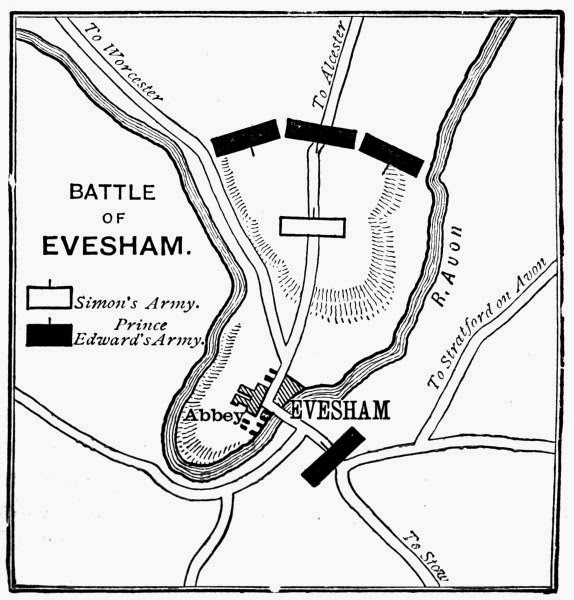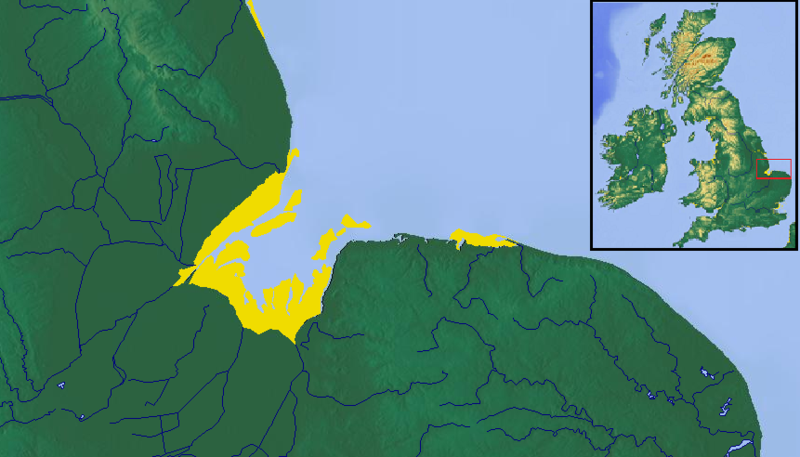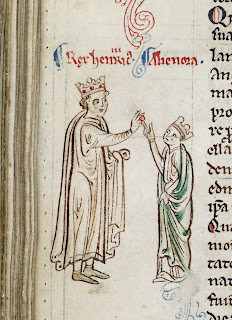In 1244, allies of the Egyptian Mamluks, retreating westward from the advancing Mongols, stopped at Jerusalem long enough to recapture it from European Christian control. Jerusalem had come under Christian control during the Sixth Crusade under Holy Roman Emperor Frederick II in 1228.
King Louis IX of France, whose devotion was so great that he became Saint Louis, immediately began planning an action to return Jerusalem to Christian control. He sent word throughout Europe to join him in a Seventh Crusade.
Europe's response to this calamity was not what one would expect. The truth is, Europe was pretty busy with its own problems. The Pope, Innocent IV, who under usual circumstances would have been the one to call a Crusade, was locked in a political struggle with Frederick II over the question of which of them controlled the Holy Roman Empire. Henry III of England was dealing with Simon de Montfort's rebellion. (Henry did agree not to attack France while Louis was away.)
Louis appealed to Hungary, but King Béla IV was rebuilding after a Mongol invasion. Louis even appealed to King Haakon IV of Norway. Haakon was interested in making deeper European ties, and had made a vow of Crusade once, but then converted it to a vow to fight against pagans in the north (Mongols had started coming north). Louis sent Matthew Paris to offer Haakon command of the French fleet, but Haakon refused.
The only person in Europe who was keen for this Crusade was Louis himself, but as a "one man show" he was very well organized. He commissioned ships to be built specifically for transporting his men and horses and supplies, and raised money by collecting a tithe (tenth) from churches. He sailed to Cyprus for the winter, negotiating with other forces (such as the Knights Templar) for mutual help. He then went to Egypt, where he took the town of Damietta to use as a base. Then the annual flooding of the Nile took place, and he was grounded for six months.
From there it went downhill.
 |
| King/Saint Louis sailing on the Seventh Crusade |
Europe's response to this calamity was not what one would expect. The truth is, Europe was pretty busy with its own problems. The Pope, Innocent IV, who under usual circumstances would have been the one to call a Crusade, was locked in a political struggle with Frederick II over the question of which of them controlled the Holy Roman Empire. Henry III of England was dealing with Simon de Montfort's rebellion. (Henry did agree not to attack France while Louis was away.)
Louis appealed to Hungary, but King Béla IV was rebuilding after a Mongol invasion. Louis even appealed to King Haakon IV of Norway. Haakon was interested in making deeper European ties, and had made a vow of Crusade once, but then converted it to a vow to fight against pagans in the north (Mongols had started coming north). Louis sent Matthew Paris to offer Haakon command of the French fleet, but Haakon refused.
The only person in Europe who was keen for this Crusade was Louis himself, but as a "one man show" he was very well organized. He commissioned ships to be built specifically for transporting his men and horses and supplies, and raised money by collecting a tithe (tenth) from churches. He sailed to Cyprus for the winter, negotiating with other forces (such as the Knights Templar) for mutual help. He then went to Egypt, where he took the town of Damietta to use as a base. Then the annual flooding of the Nile took place, and he was grounded for six months.
From there it went downhill.






















